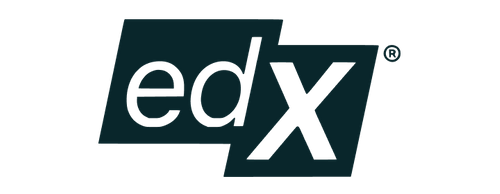Course Features
Duration
12 weeks
Delivery Method
Online
Available on
Limited Access
Accessibility
Mobile, Desktop, Laptop
Language
English
Subtitles
English
Level
Advanced
Effort
10 hours per week
Teaching Type
Instructor Paced
Course Description
Course Overview
Live Class
Human Interaction
Personlized Teaching
International Faculty
Post Course Interactions
Instructor-Moderated Discussions
Skills You Will Gain
Prerequisites/Requirements
Programming knowledge in C or C++, multivariable calculus (partial derivatives), linear algebra, enthusiasm
Recommended background: introductory classical mechanics
What You Will Learn
To code your own physics simulator to master the fundamental algorithms for creating lifelike animations clothing, hair, liquids, rigid bodies and more!
Temporal integration of the equations of motion
Formulation of mathematical models for mechanical systems
Numerical methods for treating contact and impact
Lagrangian and Eulerian representations of continua control of physical models
Course Instructors
